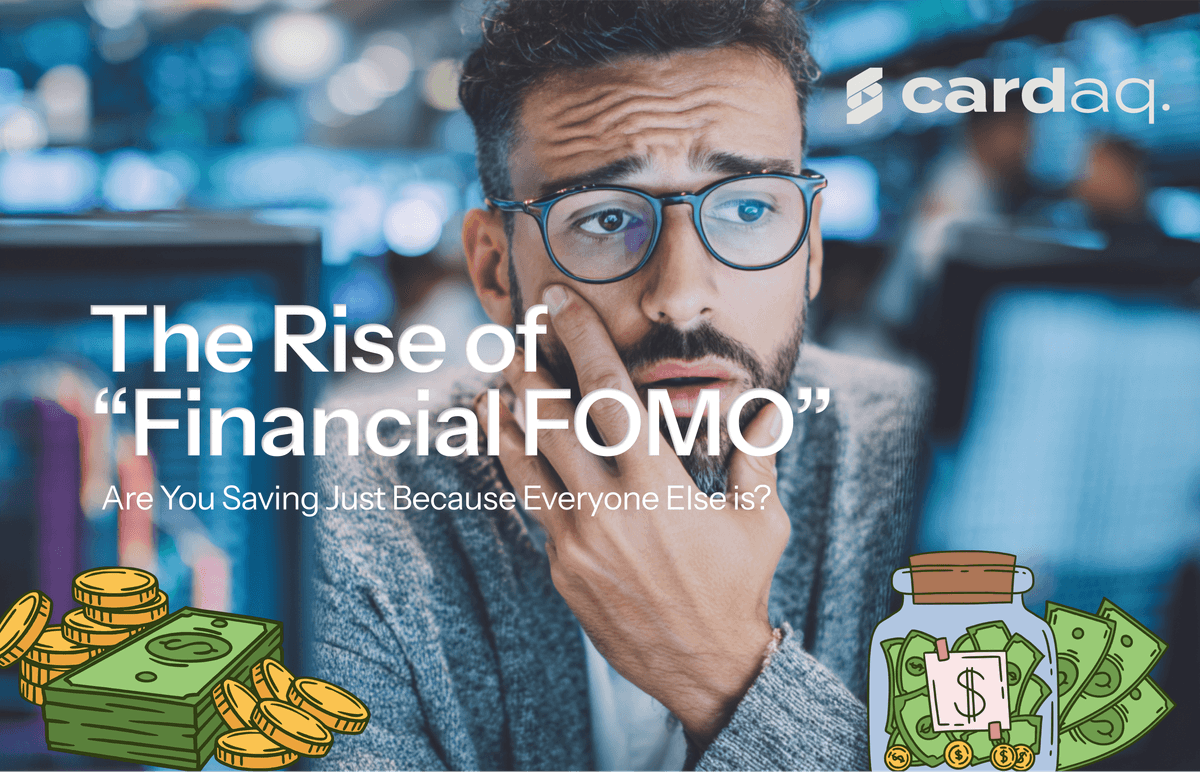Payments
August 26, 2024
5 min to read
- Copy link
- Share on X
The rise of digital currencies
If you open your wallet and pull out a banknote, what makes it worth more than the paper (or polymer) it’s printed on? It’ll have all the correct serial numbers and watermarks, but at the end of the day, what makes a £5 note worth £5?
Obviously, this is due to the central bank that has issued the currency and the stores of gold in its vaults. However, the past few years have seen these concepts of value, wealth and currency disrupted in unexpected and unprecedented ways. This is the concept of digital assets, more specifically cryptocurrencies. With a few lines of code, and some exciting technical innovations, new currencies can be swiftly created from scratch.
The state of crypto in 2024
Cryptocurrencies have recorded phenomenal growth since their birth back in 2008 when a white paper entitled ‘Bitcoin: a peer-to-peer electronic cash system’ was published by an anonymous writer using the pseudonym Satoshi Nakamoto. The following year, Bitcoin was created as the first truly decentralised cryptocurrency and after some slow years of adoption things really took off. There is no central bank of gold bars backing up Bitcoin, but a single token of this cryptocurrency – essentially a few lines of code - is currently worth nearly $60,000.
Bitcoin’s success, and the ability for anyone to create their own cryptocurrencies, has led to an explosion of these digital assets in recent years. With new cryptocurrencies being created every day, there’s an estimated $2.24trn worth of cryptocurrencies in the world right now. This is a massive expansion, given there was only $12.5bn a decade ago. Bitcoin is still very much the dominant cryptocurrency with a total capitalisation of $1.2trn, or 53% of all cryptocurrencies.
The impact on traditional financial services
Cryptocurrencies still has its cynics, but the traditional services world is (slowly) coming to accept them. In 2024, this was most evident with a landmark move by the US Securities and Exchange Commission that allowed Bitcoin to become an investable asset for Exchange Traded Funds in the US. Interest in these products soared as several major Wall Street names – such as BlackRock, Fidelity and Invesco – rushed to launch such products.
This has legitimised cryptocurrencies in the eyes of investors. No longer were these unregulated or fringe assets, but something people could invest in and trade on the websites of global financial services giants. Assets soon followed and $56bn has since flowed into these ETFs.
This is only the beginning. ETFs in similar cryptocurrencies are being explored and mainstream financial services names are being increasingly asked by investors about these and what they can mean for their portfolios. This has led policymakers to take notice…
An evolving regulatory environment
The US’s SEC isn’t the only regulator assessing the merits of cryptocurrencies. A number of regulators around the world, having seen the success and security of Bitcoin ETFs, are examining how they can introduce regulations that make cryptocurrencies a viable option for investors in their countries. This is a key year for cryptocurrencies, with new regulations on the way from Australia, the UK, Brazil and South Korea. In a recent study that surveyed a sample of 60 countries, 70% of these were in process of making substantial changes to their regulatory framework with cryptocurrencies in mind.
Further state approval could be on the way in the form of central bank digital currencies, cryptocurrencies backed by central banks (in full circle nod to how we started this blog). These CBDCs are rapidly becoming a reality around the world. Out of the G20, 19 nations are in the advanced stages of CBDC development. Three other countries – Jamaica, the Bahamas and Nigeria – have fully launched their own CBDCs, with 36 CBDC pilot schemes in action. This is causing much discussion and excitement within the world of digital assets.
Cynics will naturally still have questions and concerns, but it is clear cryptocurrencies are no longer something they may have to consider but are rapidly becoming something harder to simply avoid. Instead, these may bring exciting innovations to payments and financial services as we know them.
To get more insights from the Cardaq team as they’re published, sign up to a newsletter below:
Don’t miss out on fintech insights, company milestones, and expert tips












